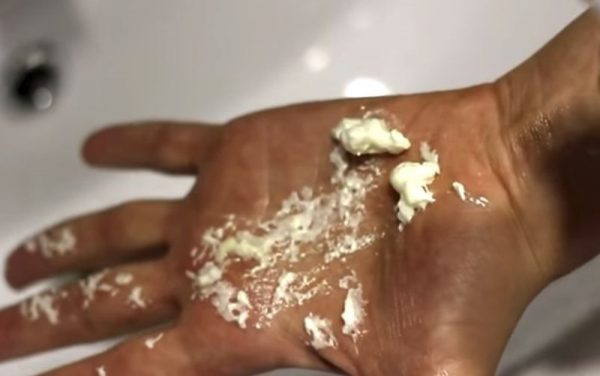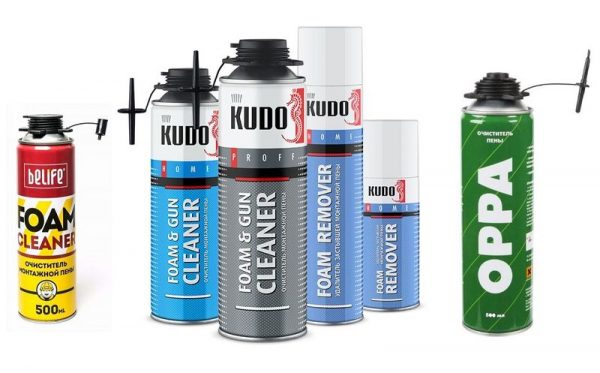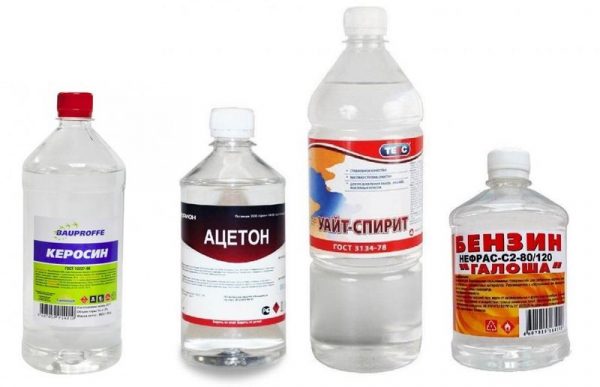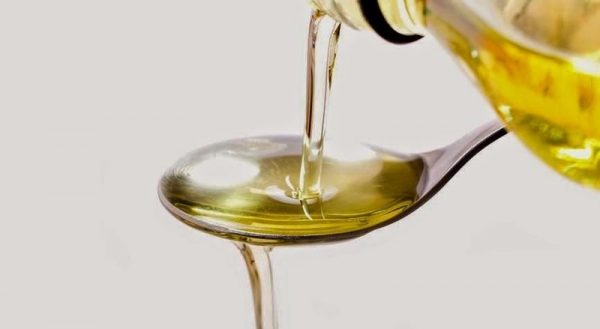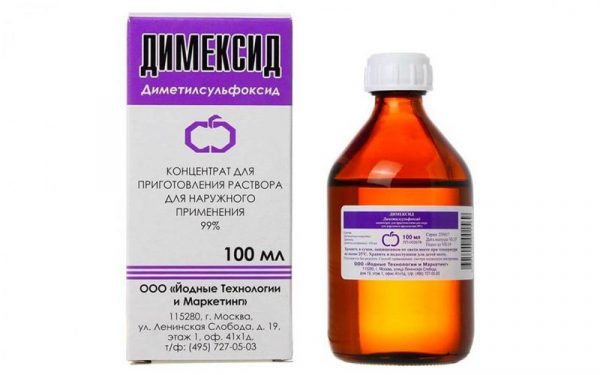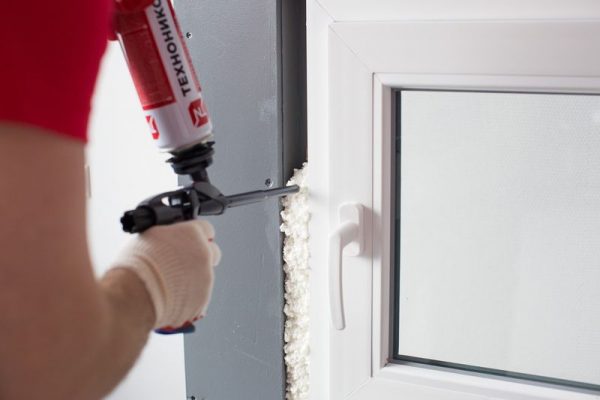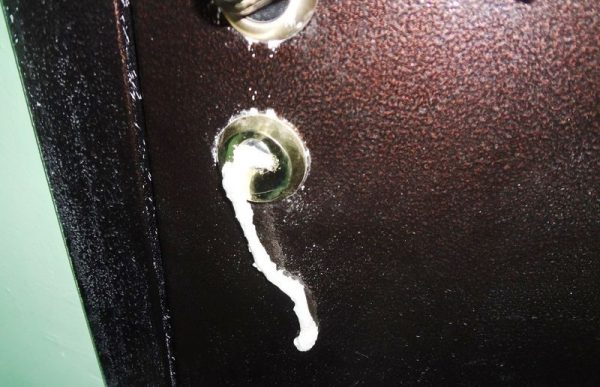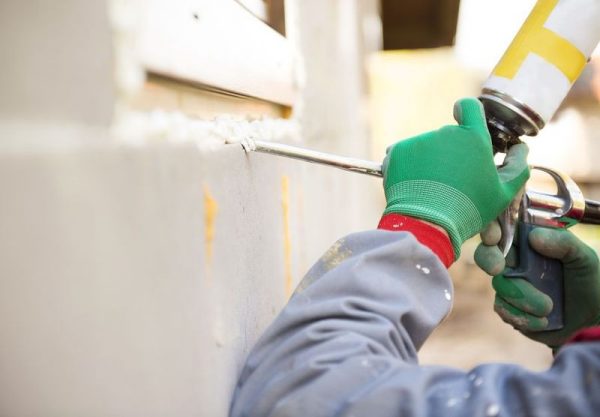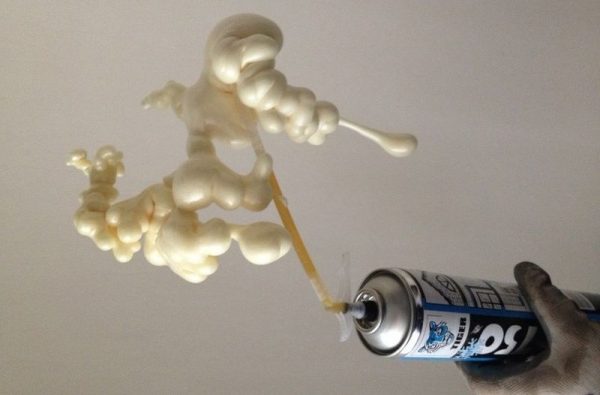Many construction or repair work is not complete without mounting foam. This polyurethane foam sealant is used when installing windows, doors, for warming loggias and balconies, sealing holes and crevices. It is necessary to work with foam carefully - stubborn stains remain from it, which are very problematic to remove.
- How to get rid of liquid foam on hands
- Removal of foam with alkali and acid - is it possible
- Methods for removing hardened foam
- Special aerosols
- Liquid solvents
- Kerosene, gasoline, acetone and white spirit
- Folk methods
- Vegetable oil
- Salt
- Dimexide
- Mechanical methods
- Cleaning different surfaces
- Laminate and linoleum
- Carpets
- Doors
- Window
- Removing Foam from Hair
- Removing foam from clothes
- How not to get dirty in the foam

To think how to wash the mounting foam from your hands, you have to non-compliance with safety rules and work without gloves. You can choose the right tool from the list of chemical, mechanical or folk methods of stain removal.
How to get rid of liquid foam on hands
If during operation the foam has got on the skin, it is necessary to act even before it hardens. Semi-liquid sealant is much easier to remove from surfaces than hardened. It is enough to take a clean rag, a napkin, rub your hands, and then wash them well with soap and water.
If the foam has already begun to harden, you can moisten the napkin with a nail polish remover or acetone - such products will quickly dissolve the stain and wash off its residues.
to contents ↑When washing hands, you can take a little ordinary body scrub: its hard particles will help scrape off the traces of sealant. After getting rid of the stain, it is recommended to lubricate the hands with a nourishing cream.
Removal of foam with alkali and acid - is it possible
Alkaline solutions are not able to destroy the mounting foam - the sealant is resistant to such substances. But when it comes into contact with the skin, strong alkalis can seriously damage it, lead to a chemical burn, therefore it is dangerous to use them. Only soda, which is also a weak alkali, can be used, however, its abrasive properties will play the main role in the removal of foam.
As for acids, their effectiveness in getting rid of spots of mounting foam is higher, but only in sufficient concentration. For example, vinegar essence (70%) can soften the sealant, but its harm to the skin will be serious, a burn is likely to occur. A weak vinegar solution, apple cider vinegar will not have the proper effect, and you should not waste time using them.
to contents ↑Methods for removing hardened foam
If it was not possible to get rid of the liquid product and the spots went unnoticed, more effective methods for cleaning the skin of the hands will have to be applied.
Special aerosols
Many manufacturers of sealants or paints and varnishes produce special cleaners in aerosol form. You can buy a spray can with foam, so as not to know the problems with cleaning hands or other surfaces. Also, with the help of aerosol solvents it will be possible to remove the mounting foam from the gun, on which the sealant gets even more often. It is better to buy an aerosol of the same brand with foam - the cleaning efficiency will be higher.
to contents ↑Liquid solvents
Use organic solvents with caution. They do not cause burns, but they greatly dry the skin, so contact with hands or other areas should be as short as possible. After cleansing the skin, wash your hands with soap and apply a nourishing cream.
Kerosene, gasoline, acetone and white spirit
Any organic solvent is able to remove the sealant stain, because most mounting materials contain such substances in the composition and freeze only after they evaporate. It is best to use acetone or nail polish remover - they are most gentle on the skin.
Stubborn stains should be cleaned with gasoline, kerosene, dampened with a cloth and put it on your hand for 5-10 minutes. After softening, you need to wash the composition, if necessary, using a body scrub. All solvents emit an unpleasant odor, their fumes are harmful to health, so you need to work with them in a well-ventilated area.
to contents ↑Folk methods
Unconventional methods for cleansing hands of foam are used when there are no solvents. Those that involve the use of food products are the safest, suitable even for children and allergy sufferers.
Vegetable oil
Before use, the vegetable oil must be warmed up so that it becomes warm (about +40 degrees). After applying on a cotton circle or a triple folded bandage, apply to the contaminated area of the skin. After 10 minutes, the sealant softens, and it can be wiped off mechanically or washed off with plain soap and water. To surely get rid of the stain, after the oil, you can rub your hands with dishwashing liquid.
to contents ↑Salt
Salt is an excellent abrasive that quickly cleanses the skin of the hands of any impurities. A small stain can simply be rubbed off with salt using intense movements. If the mounting foam is stuck and cannot be removed, the actions should be as follows:
- take a liter of hot water;
- add a tablespoon of salt, dissolve it;
- place your hand in the solution, hold for a couple of minutes until the skin is steaming;
- remove stain with coarse salt or scrub.
Dimexide
This drug is sold in any pharmacy, it is inexpensive. It perfectly removes dirt from sealant, paint, and other building compounds. It is important not to use Dimexidum undiluted, as it can cause a burn.. It is necessary to add water to the product in a ratio of 1: 1, then rub your hands with a cotton swab, cloth. If signs of an allergic reaction appear, the skin should be washed immediately with soap.
to contents ↑Mechanical methods
Mechanical cleaning can damage the skin if acted carelessly. Therefore, any abrasives (scrub, salt), brushes and pumice stones are preferably used after preliminary steaming of the hands. It is enough to hold them for 5 minutes in hot water - in the bath, under the tap. After the skin should be greased with a greasy cream, oil, then proceed to rubbing the stain. Another option for safe hand cleansing is to use abrasive on soapy skin. Do not use a knife, scissors, metal scrapers - this is fraught with injury and infection!
to contents ↑Cleaning different surfaces
Spots of mounting foam can also form on the materials, products, parts with which work is carried out. If you use aggressive methods, the finish will deteriorate, because chemicals erode the protective coating.
to contents ↑Laminate and linoleum
The top layer of foam should be cut as much as possible with a sharp clerical knife, acting carefully so as not to scratch the floor covering. Then you need to take the solvent (except acetone), moisten a cloth or sponge with it, apply it to the floor for 5 minutes. Clean the remaining foam with a hard plastic brush.
to contents ↑Do not use nail polish remover for this purpose - it, like acetone, leaves matte white spots on the coatings.
Carpets
It happens that the foam freezes on the carpet, artificial or woolen carpets.It is possible to remove it from such materials with acetone, Dimexidum. With a sponge, rags soaked in solvent, it is necessary to wipe the mounting foam, and then rinse the place of contamination with special detergents (for example, "Vanish").
Doors
If the sealant is frozen on the doors of veneer, wood, MDF, you can use Dimexidum, soap solution and a soft brush, sponge. The procedure is quite laborious, because with strong pressure and friction on the doors there are spots, scratches. When processing is complete, wash the solution with foam particles. After such manipulations, the highlighted areas are often identified on the varnished door, so the canvas has to be covered with a new layer of varnish.
to contents ↑Window
Plastic surfaces can be cleaned of any dirt using specialized tools (for example, Cosmofen). They contain powerful solvents that do not harm plastic, which remove traces of foam without residue. The only drawback of such funds is the high price. Fresh foam stains can be removed with an ordinary wet sponge, but you must act quickly until the sealant has seized.
In order not to damage the top layer of plastic, which in the future will lead to a deterioration in the appearance of the window and its regular pollution, you can not use hard brushes, rough abrasive products. Cleaning powders also cause damage to the plastic. It is better to carefully cut off the thick layer of foam with a knife, and then apply one of these methods:
- warm vegetable oil, apply liberally to the stain, clean off the remaining dirt with a brush after half an hour;
- fill the stain with hot water, put a rag on top, gently wipe the foam with Dimexidum after 10 minutes;
- mix solvent 646 and acetone in equal parts, treat the surface of the window, then finally clean the foam and rinse the plastic with soap and water.
Removing Foam from Hair
If the hair is heavily contaminated with foam, they will have to be cut off - it will not work to remove the stain without a trace. Small pieces of sealant are cleaned with diluted Dimexidum water, wetting a solution in a solution, applying to hair, then rinsing your head with shampoo.
Removing foam from clothes
It is rather difficult to wash the mounting foam from the fabric without damaging it. You can wipe the lesion with white spirit, refined gasoline, acetone. Organic solvents can leave bright spots on clothing, so it is better to try the procedure on an inconspicuous area.
Contaminated tissue can be cleaned mechanically by cutting off the layers of foam with scissors, a knife. After it should be soaped with laundry soap, laundry detergent, wash the stain area manually. Delicate fabrics can hardly be spoiled, so it is better to work with polyurethane foam in old, unnecessary clothes or a work kit.
to contents ↑How not to get dirty in the foam
The best way to prevent hand contamination is to wear rubber gloves. After installation, you can simply remove and discard them, and the skin will remain completely clean. Usually observing basic personal protective measures is often enough to get rid of unnecessary problems, and you don’t have to look for methods to remove foam from things and surfaces!

